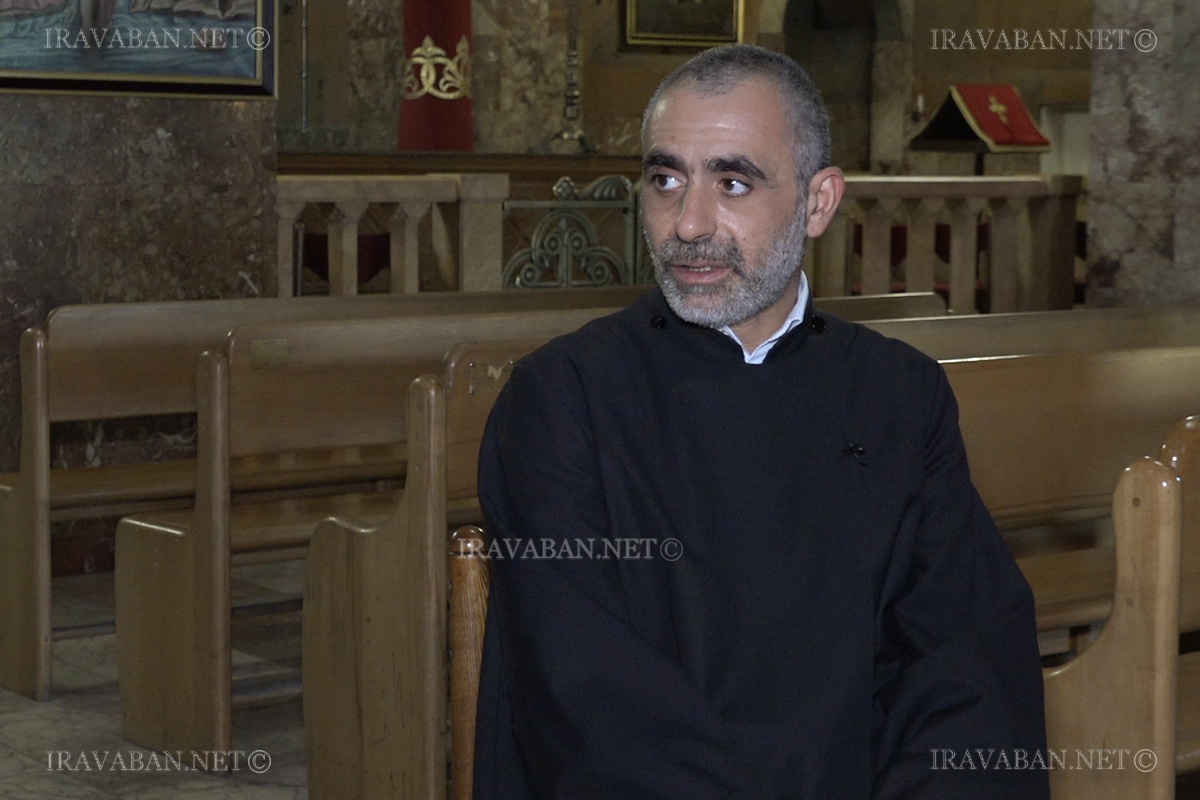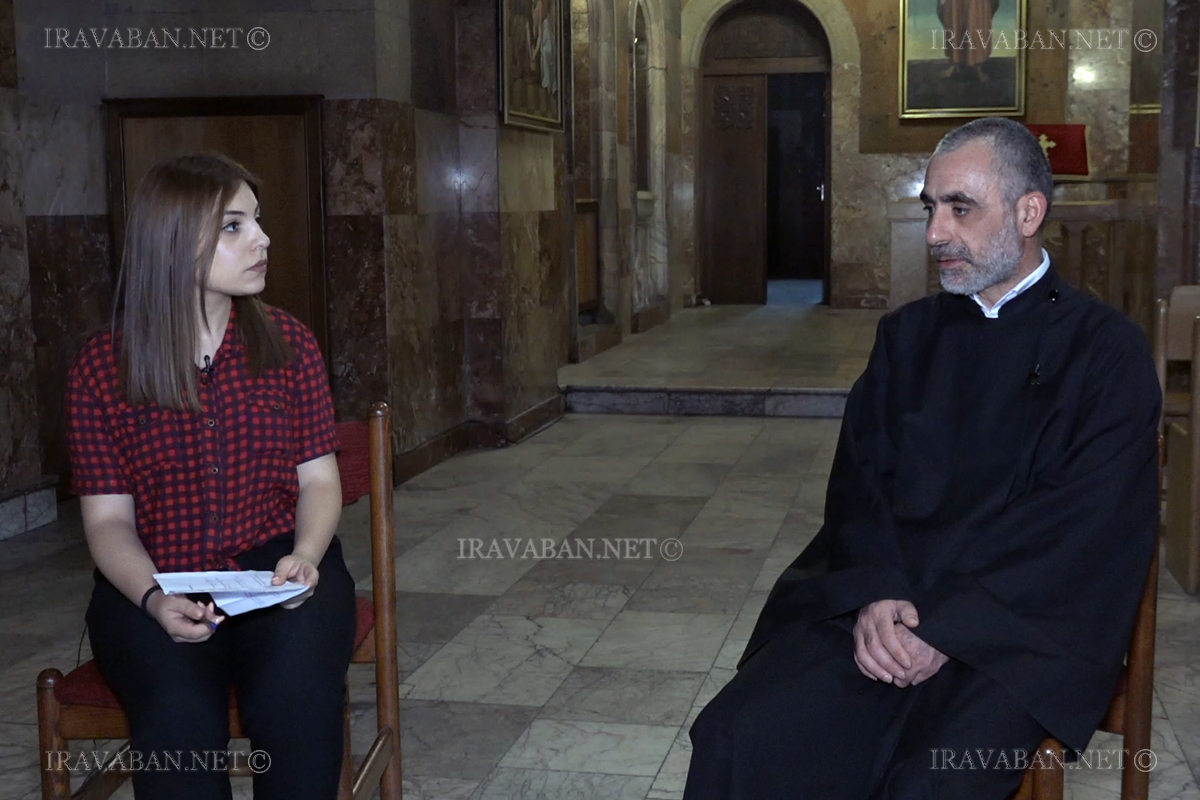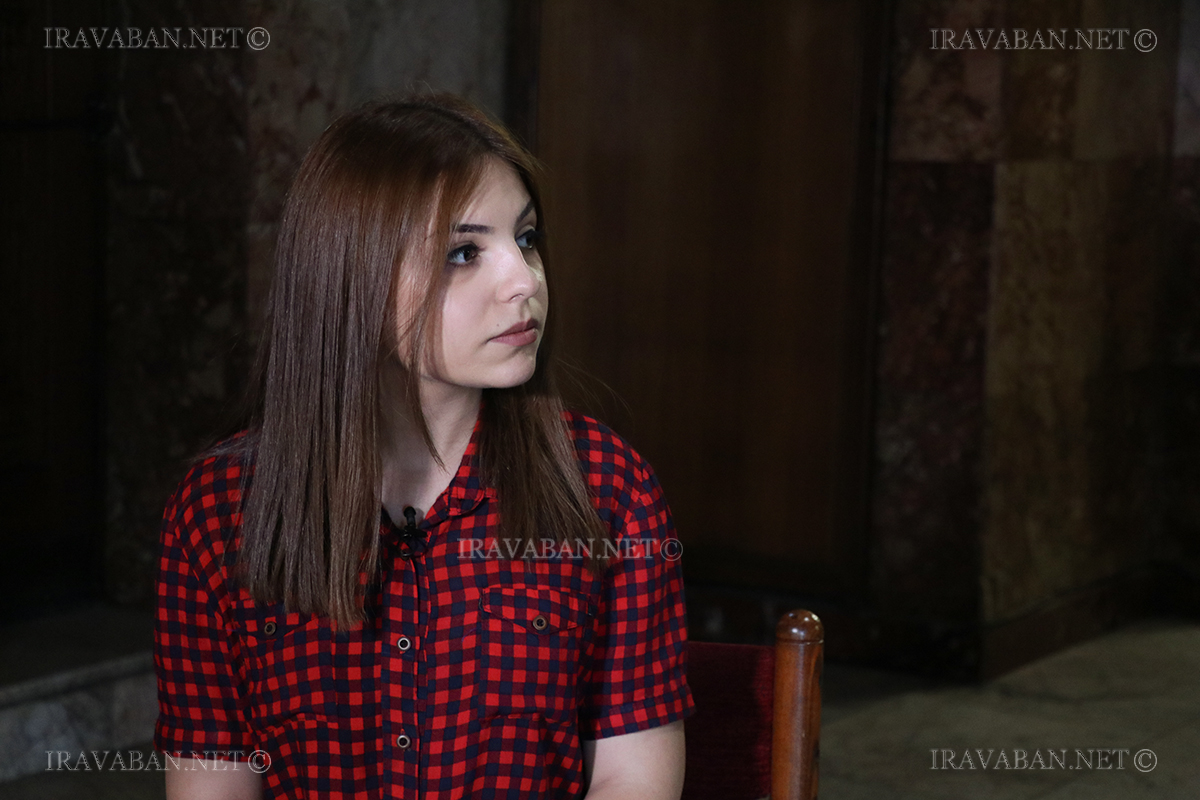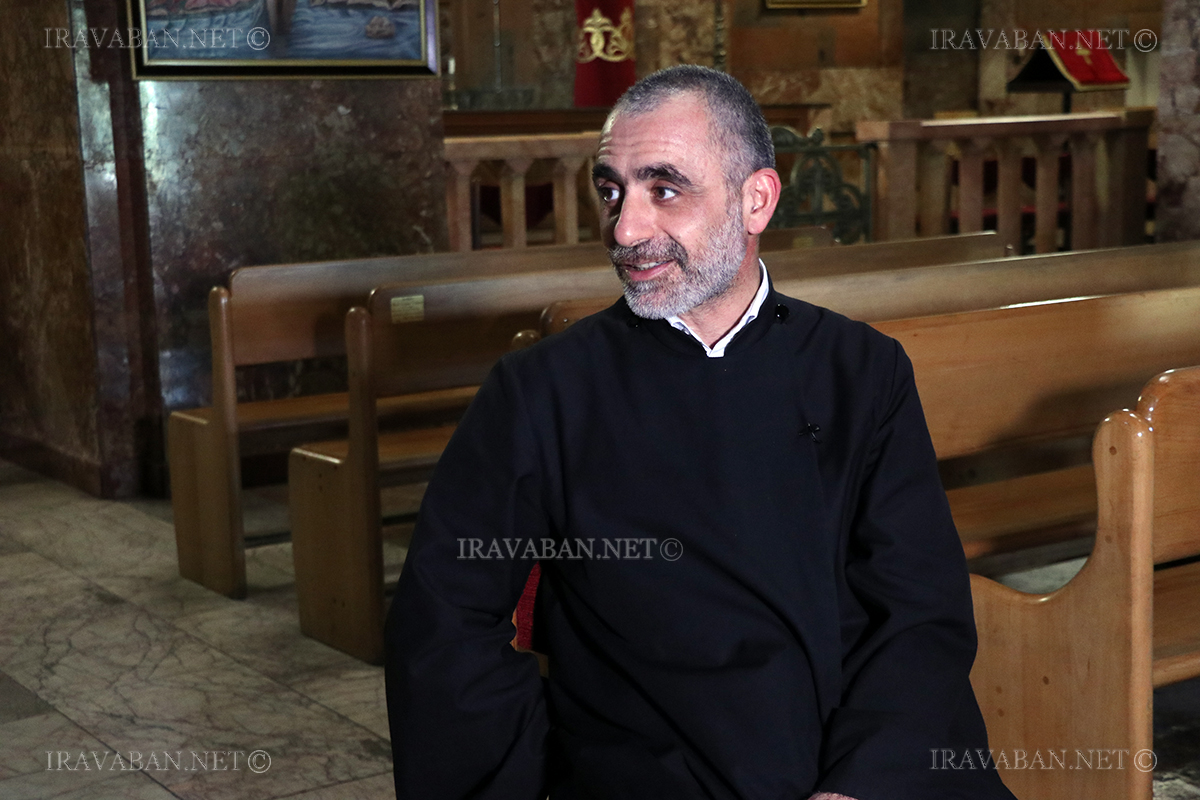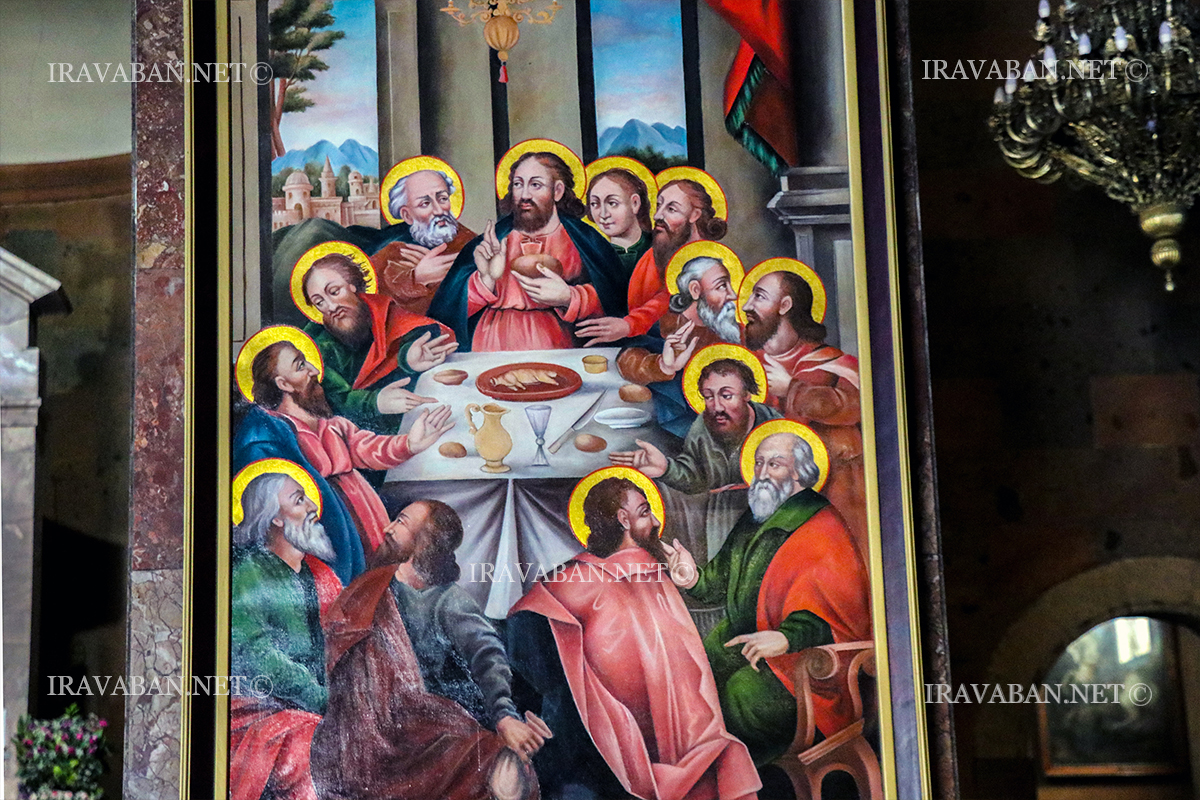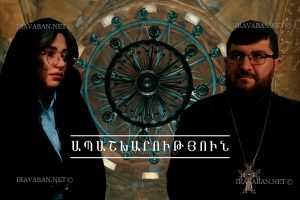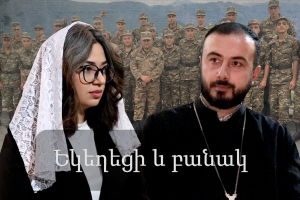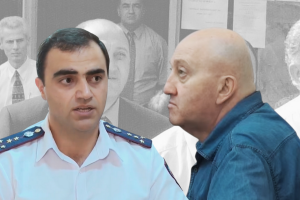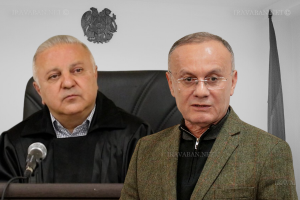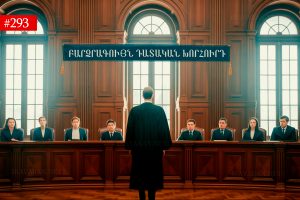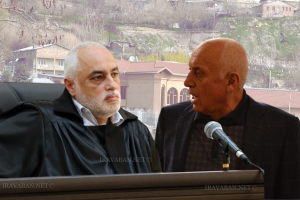Within the framework of the “Church and Law” series of interviews, Iravaban.net spoke about the beliefs of the Armenian Apostolic Church with Father Yesayi Artenyan, the coordinator of the information department of the Ararat Patriarchal Diocese.
– Father Yesayi what does the belief of the church mean?”
– Belief is the formulated version of the religion that summarizes all the theological perceptions of the church, the ideas connected with the Holy Trinity, the three persons of the Holy Trinity. The Creed was formed for this very reason, because after the first century in society, when Christianity began to spread throughout the world, after which churches, Episcopal sees were established, the number of believers increased, there were people who began to form heretical approaches to publicize them presenting that they are absolute truths. In response to these heretical notions, the distortion of theological thought, it was necessary to formulate the Creed of belief, which is a complete, concise presentation of the doctrine of the church and theology. That is, it is all that we believe in, which is the basis of the church.
– What is the belief of the Armenian Apostolic Church, when was it formed? Please provide details about the First Ecumenical Council of Nicaea and the Nicene Creed.
– The Nicene Creed was approved in AD 325, at the Ecumenical Council of Nicaea, which was attended by 318 patriarchs, the grandson of Gregory the Illuminator, Aristakes, who brought the decisions of the Nicene Ecumenical Council to Armenia, was, naturally, accepted by the Armenian Apostolic Church. The Nicene Creed clearly emphasizes and summarizes the theological ideas of the church about the three persons of the Holy Trinity. And the motive of the Council of Nicaea was Arius, who declared that Christ is not God, created by God the Father, and if we say that Christ was created, it means that we reject His divinity. According to Arius’s theory, Christ is simply a superman, possessed of divine graces, supernatural power, and the power by which he acted on earth. The problem here is that if we accept or imagine that Christ is an ordinary person, He differs from us only in his perfect abilities, mental abilities, moral description, then Christ as a man could not make our salvation a reality, because if a man had to save a man from sin, then the Christian doctrine is distorted here, the sacrament of salvation of human life is violated. Therefore, the Council of Nicaea condemned Arius’ delusion that Christ was man, not God.
– We know that the Belief is heard during the Liturgy, which is the most powerful dogma of the church. What do we believe in?
– The Creed is read during the “Liturgy”, “during the wedding Council “, “during the Council of Baptism”, there is just the full text of the Creed and a more concise version, where the main provisions are. The main content of the Creed is that we believe in God the Father, who created the whole universe, who created the whole world from the beginning, we believe in the Son, who, as the word of God, created the world, who is God, the perfect God, we believe in the Holy Spirit, who comes from the Father and is from the creature of the Son, who is also God. And these three people are inextricably linked.
– What are the stories or traditions related to the formation of our church? Please talk about Grigor Tatevatsi’s “Belief”
– The Nicene Creed is accepted by all the Apostolic Churches – the Orthodox Church, the Catholic Church, and the Creed of Grigor Tatevatsi specifically refers to the Armenian Apostolic Church in the sense that it clearly emphasizes the differences between us, the Catholic and Orthodox Churches. And what are those differences?
There is a clear reference to the question of the nature of Christ in the Creed of Grigor Tatevatsi, because on this issue we differ from the Catholic orthodox churches, taking into account the fact that they accept the decisions of the Council of Chalcedon, but we do not. And this circumstance is especially emphasized in the Creed of Grigor Tatevatsi. When, for some reason, an Armenian is baptized in a Catholic or Orthodox Church, and then wants to become a member of the Armenian Apostolic Church, we do not baptize that person again; we make a conversion procedure where the Creed of Grigor Tatevatsi is read.
– When crossing ourselves, we put three fingers together, it has the symbol of our faith: Father, Son and Holy Spirit. Will you comment, will you show the right way to cross yourself?
– We put our three fingers together, cross ourselves for the sake of the Father, the Son, and the Holy Spirit. This is our tradition; the three fingers symbolize the Holy Trinity – the thumb, the index finger – the middle finger, and the other two fingers, folded, symbolize the human and divine natures of Christ, which are inextricably linked.

